#Marine Fish
Explore tagged Tumblr posts
Text
Cryptid fish that has only been seen once and never again that may or may not exist but well never know my beloved

#BIG FUCKING DRAGONFISH IS JUST THERE IN THR SEA and HAS ONLY BEEN SEEN ONCE and NO ONE FUCKING KNOWS IF ITS REal????#oceanology#fish#marine biology#marine life#marine ecology#oceanography#deep ocean#marine#deep sea#conspiracy#cryptid#cryptids#cryptozoology#USO#conspiracy theory#marine fish#William Beebe#Otis Barton#fish facts#ocean life
13K notes
·
View notes
Text
Flashlight Fish Appreciation Post


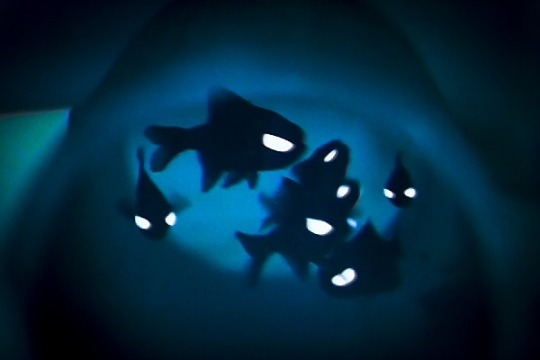



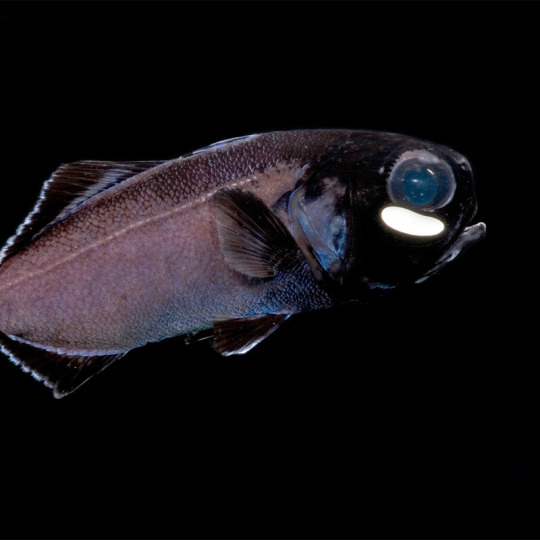

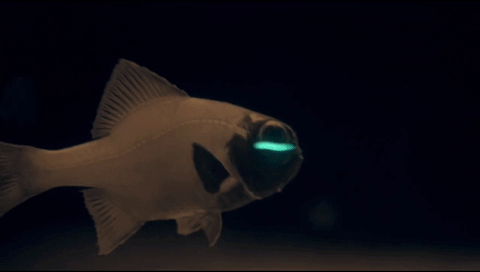

Anomalopidae (lanterneye fishes or flashlight fishes) are a family of fish distinguished by bioluminescent organs located underneath their eyes, for which they are named.
These light organs contain luminous bacteria and can be "shut off" by the fish using either a dark lid or by being drawn into a pouch. They are used to communicate, attract prey, and evade predators.
These rarely seen fish are nocturnal and found in the Indo-Pacific Ocean and Caribbean Sea.
#marine life#marine biology#marine science#ocean#sea life#love to sea it#ocean life#flashlight fish#there are many benefits to being a marine biologist#aquatic life#fish#underwater#oceanposting#fishposting#marine creatures#sea critters#sea creatures#marine fish#marine critters#ocean animals#marine animals#lanterneye fish#ocean creatures#oceanography#ocean fish#bioluminescence#deep sea#animals#biology#science
4K notes
·
View notes
Text
🐠 Daily Fish Fact: 🐠
Pinnate Batfish adults are normally solitary but will gather in large schools to move over open substrates. The juveniles are mimics of a toxic species of flatworm by colour and shape. They feed on algae as well as jellyfish and other gelatinous zooplankton. This species has been observed to significantly reduce algal growths on coral in studies simulating the effects of overfishing on the Great Barrier Reef.

#pinnate batfish#batfish#black and orange#fish#daily fish#fish facts#daily fish facts#respect the locals#ocean#ocean life#ocean fish#ocean animal#marine#marine fish#marine animals#marine life#marine biology#special interest#fish post#shark blog
475 notes
·
View notes
Text


aquatic animal illustrations for friends
#art#artists on tumblr#mixed media#collage#acrylic painting#colored pencil#traditional art#fish#fishblr#fish art#polychaete#marine biology#freshwater fish#marine fish#marine invertebrates#wormart
963 notes
·
View notes
Text


The second image is of a different species, the largescale four-eyes (Anableps anableps). I included it due to how well it shows the eye, and as a result of far fewer photos available of Anableps dowei. This animal was requested!
#pacific ocean#marine fish#pacific coast#southern mexico#to nicaragua#brackish#fish#fishblr#unique animals#livebearer
165 notes
·
View notes
Text



Pucker Up for the Sea Lamprey!
The sea lamprey (Petromyzon marinus), also known as the vampire fish, is the most famous member of the order of lampreys, Petromyzontiformes. Despite their similar appearance to eels, lampreys are actually jawless fish, and are more closely related to hagfish than eels. To add further confusion, sea lampreys actually reproduce in freshwater rivers and streams, and are only found in the ocean as adults. They are spread along the Atlantic coasts of North America and Europe, as well as the Mediterranean and Black Sea.
Sea lampreys are the largest member of the lamprey family, at an impressive 30 to 100 cm (11.8 to 39.4 in) long and weighing around 2.5 kg (5.5 lbs). They are generally olive or brownish grey, and their bodies are long and smooth. Perhaps P. marinus' most distinctive feature are their mouths, which are wide and circular with teeth arranged in a circle around the tongue and throat. When opened to attach to its prey, the mouth can stretch larger than the lamprey's head.
Vampire fish are widely known for their feeding habits. Adults are parasites that attach themselves to the sides of fish and feat on their victim's blood and tissue. But despite their fearsome appearance, P. marinus has a variety of predators as both juveniles and adults, including sturgeon, catfish, sea lions, seals, sea birds, and northern pikeminnows. Juveniles are particularly vulnerable, as they are smaller and, as deteriorates, are not equipped with the sharp teeth of adults.
Like many other fish, sea lampreys are anadromous, meaning they migrate from salt to freshwater to reproduce. From April to June, males and females travel up river to find rocky beds in which to build nests. Females lay anywhere from 30,000 and 100,000 eggs in their nest, which are then fertilized by multiple males. After mating, both parents die. The larvae take 3 to 8 days to hatch, and the young spend the next 1 to 3 years filter feeding in their home river. Once they reach maturity, they migrate back to the ocean, where they can reside for up to 5 years before returning to their spawning grounds to complete their lifecycle.
Conservation status: The IUCN has rated the sea lamprey as Least Concern. This species is invasive in the Great Lakes region of the United States. However, within its native range it is threatened by habitat degradation and over-fishing.
Photos
Paul Wilson
U.S. National Park Service
Sean Landsman
#sea lamprey#Petromyzontiformes#Petromyzontidae#lamprey#jawless fish#fish#marine fauna#marine fish#coasts#coastal fish#rivers#river fish#atlantic ocean#north america#eastern north america#europe#western europe#mediterranean sea#animal facts#biology#zoology#ecology
143 notes
·
View notes
Text

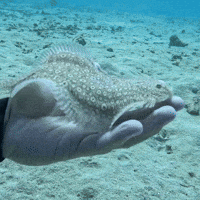


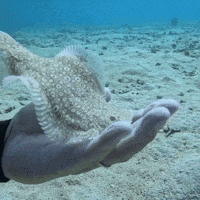

source
credit when using , please check my dni byi
#fish#marine biology#marine fish#sand#swimming#hands#hand#ocean#idk how to tag this eejlp#my gifs#animal#animals#sea critters#sea creatures#gif#stim#sea
294 notes
·
View notes
Text












more fish from the excellent LiveAquaria website
#transparent#png#transparent png#transparent pngs#transparent png objects#animals#pngs#png objects#png animals#i know animals aren't objects#fish#tropical fish#marine fish#sea creatures#aquarium#fish tank#seahorse
176 notes
·
View notes
Text

Clown frogfish (Antennarius marculatus) by Gary Bell
#Antennarius marculatus#clown frogfish#frogfish#fish#colorful fish#animals#sea#ocean#marine#marine fish#ocean fish#marine animals#nature
78 notes
·
View notes
Note
can you do the festive snailfish (Liparus marmoratus)?
Today on CHUNK, FUNK, GUNK! We rate
the FESTIVE SNAILFISH:
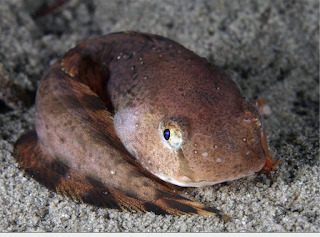

5/10 Chunk
6/10 Funk
10/10 Gunk
Yet another fish that I hadn’t seen before. Initially I was surprised by their resemblance to the Sea Robin (another silly fishy lad), but after some research I’ve found that the two are extremely different! These goofy little guys are mostly gelatin with soft little bones, that’s pretty chunky. Their bodies are apparently made up of a majority gelatinous substance (that is how they got their name) and secrete a lot of slime and mucous, extreme gunk. Its funk would be higher if it weren’t for how my brain instantly thought it was another fish, which significantly impacted its uniqueness rating. Overall, very good fish. I would like to smooch it on its head if it wouldn’t poison me :)
#chunk funk gunk#chunk#funk#gunk#festive snailfish#snailfish#cool fish#fish#ocean#ocean animals#ocean fish#marine fish#deep sea#deep sea fish#its head has that perfect flat spot for a kiss#right between its eyes#you guys know what I mean#asks open
483 notes
·
View notes
Text
For #WorldSeaTurtleDay :

Sue Nagel (Australian, b.1942) Turtle in the Underworld, n.d. oil on board, 80 x 60cm
#animals in art#animal holiday#painting#oil painting#underwater scene#turtle#sea turtle#fish#fishes#marine fish#World Sea Turtle Day#Australian art#modern art#contemporary art#Sue Nagel#ocean life#sea creatures
15 notes
·
View notes
Text

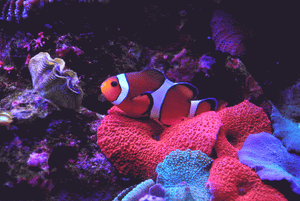


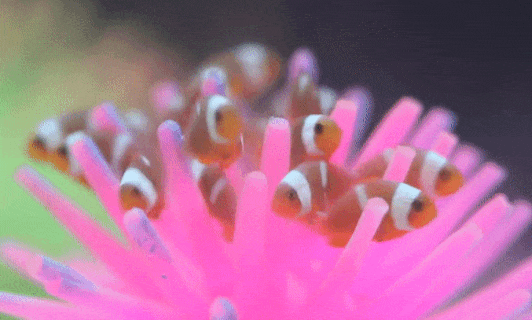


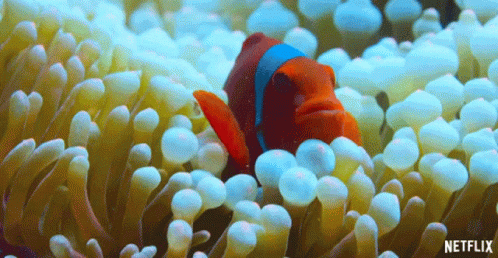
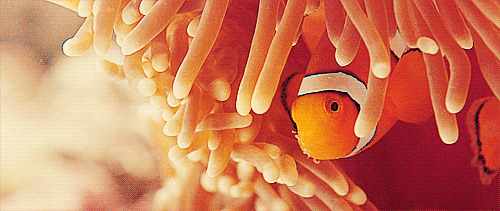

#clownfish#common clownfish#false percula clownfish#mocha clownfish#ocellaris clownfish#picasso clownfish#reef tank#snowflake clownfish#tomato clownfish#albino clownfish#level 2 autism#level 2 autistic#autistic#actually autistic#autism#stim board#fishblr#marine fish#saltwater fish
123 notes
·
View notes
Text
Tripodfish, Discoverichthys praecox larva Appreciation Post!! 🩵 💙 🌊

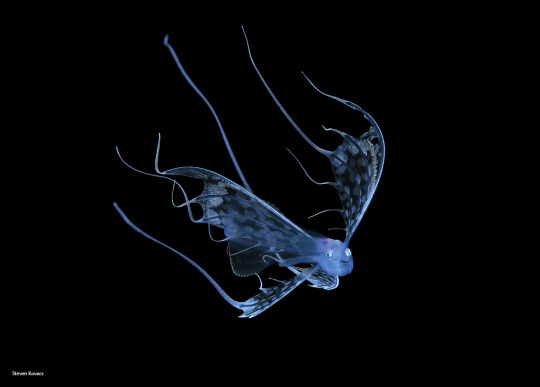
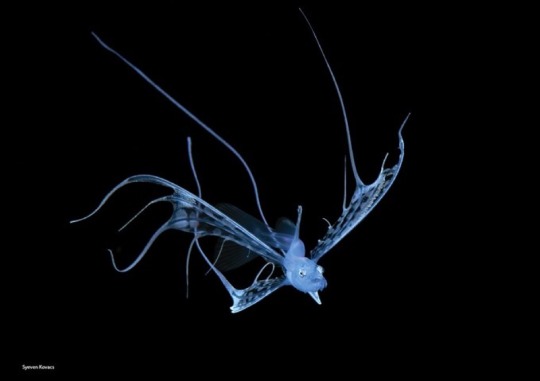
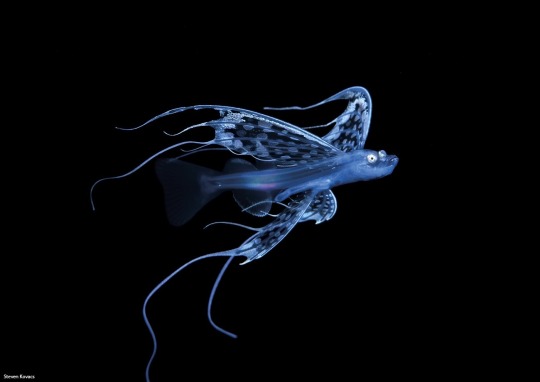
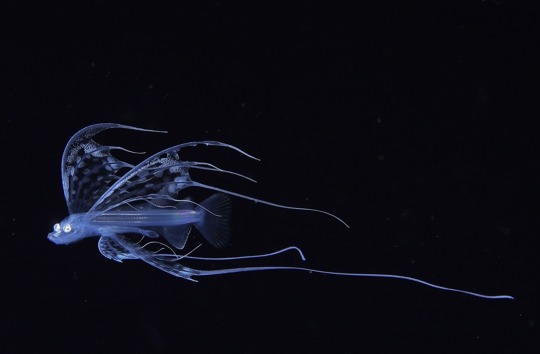
Rare Tripodfish larva, an Ipnopidae species, found on a blackwater dive off Kona, Hawaii. Body size about 3.5cm
📷 credit: Steven Kovacs
You love to sea it 🌊
#marine science#marine biology#biology#science#animals#fish#larvae#deep sea#marine animals#marine fish#marine creatures#sea critters#sea creatures#fishblr#oceanposting#fishposting#marine life#ocean life#ocean animals#sea life#bioluminescence#ocean#underwater#ocean critters#ocean creatures#ocean fish#aquatic life#deep sea life#sea animals#love to sea it
2K notes
·
View notes
Text
🐠 Daily Fish Fact: 🐠
Adult Queen Angelfish are selective feeders and primarily eat sponges. Their social structure consists of harems which include one male and up to four females. They live within a territory where the females forage separately and are tended to by the male. Breeding in the species occurs near a full moon.


#queen angelfish#blue angelfish#golden angelfish#yellow angelfish#angelfish#colorful fish#tropical fish#respect the locals#fish#fish facts#daily fish#daily fish facts#ocean#ocean fish#ocean life#ocean animal#marine#marine fish#marine animals#marine biology#marine life#sea creature#shark blog#protect the ocean
317 notes
·
View notes
Text
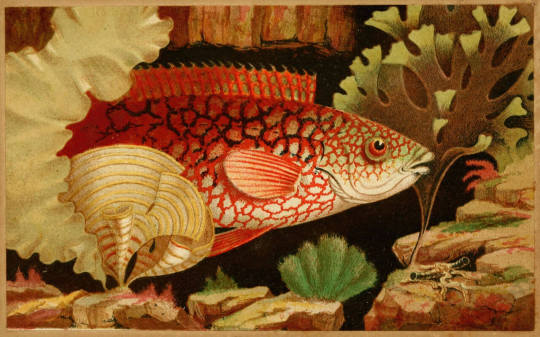
The Ancient Wrasse | The Aquarium: An Unveiling of the Wonders of the Deep Sea (1856) | Philip Henry Gosse
#philip henry gosse#art#vintage art#animal art#fish art#marine art#animals#fishes#marine fish#labridae#wrasses
10 notes
·
View notes
Text


This animal was requested!
#marine fish#atlantic ocean#indian ocean#pacific ocean#actinopterygii#scorpaeniformes#animal polls#poll blog#my polls#polls#tumblr polls#animals#fish#fishblr#marine life#marine animals#marine creatures
36 notes
·
View notes